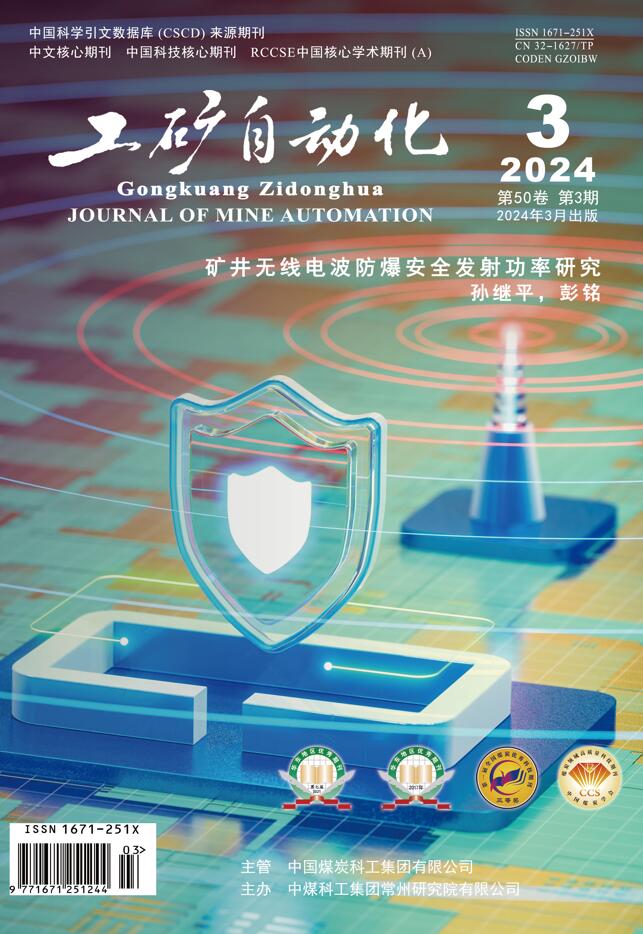Abstract:
In view of the problem of coal spontaneous combustion and re-ignition by reducing the oxidation of coal with inert gas, most of the existing studies are related to the coal low-temperature oxidation process and the coal re-ignition process. The spontaneous combustion characteristics of coal secondary oxidation after reducing inert gas temperature are less covered. In order to solve the above problems, taking coking coal as an example, the spontaneous combustion characteristics of coking coal oxidized at different temperatures after CO2 cooling and secondary oxidation are explored through the low-temperature oxidation experiment. The coking coal is pre-oxidized by GC-4000A temperature-programmed equipment at 70, 110, 150 ℃ respectively. The oxygen consumption rate, CO production rate, CO2 concentration and apparent activation energy of coking coal during the secondary oxidation process are analyzed after cooling to 30 ℃ with CO2 gas and dry air respectively. The experimental results show that at the same pre-oxidation temperature, compared with the dry air cooling, the change rule of related parameters of coking coal cooled by CO2 is basically the same. In the early stage of secondary oxidation, because of coking coal absorbs a lot of CO2, CO2 hinders the contact between coal and O2, the oxygen consumption rate and CO production rate decrease. The apparent activation energy increases, and the oxidation of coking coal decreases. As the CO2 resolves, CO2 cooling also affects the later reaction of pre-oxidized coking coal, which reduces the spontaneous combustion risk of pre-oxidized coking coal during the whole reaction process. When the pre-oxidation temperature is different, the pre-oxidation coking coal at 70 ℃ and 110 ℃ has a small amount of CO2 adsorption in the early stage. This leads to no change in oxygen consumption rate, CO production rate and apparent activation energy. When the pre-oxidized coking coal at 150 ℃ is cooled to 30 ℃, the coking coal has more CO2 adsorption, resulting lower the oxygen consumption rate and CO production rate. With the increase of activation energy, more energy is required. The coal oxygen reaction is more difficult. The risk of spontaneous combustion is also reduced. Therefore, when there is a danger of oxidation and spontaneous combustion of coal in the coal mine, it is necessary to inject CO2 for a long time to reduce the possibility of secondary oxidation and re-ignition when the mining area is reopened.
WANG Qingguo, ZHOU Liang, QIN Ruxiang, et al. Study on spontaneous combustion characteristics of coking coal with different pre-oxidation degrees after CO2 cooling[J]. Journal of Mine Automation,2023,49(2):109-114, 156. doi: 10.13272/j.issn.1671-251x.2022060020.




